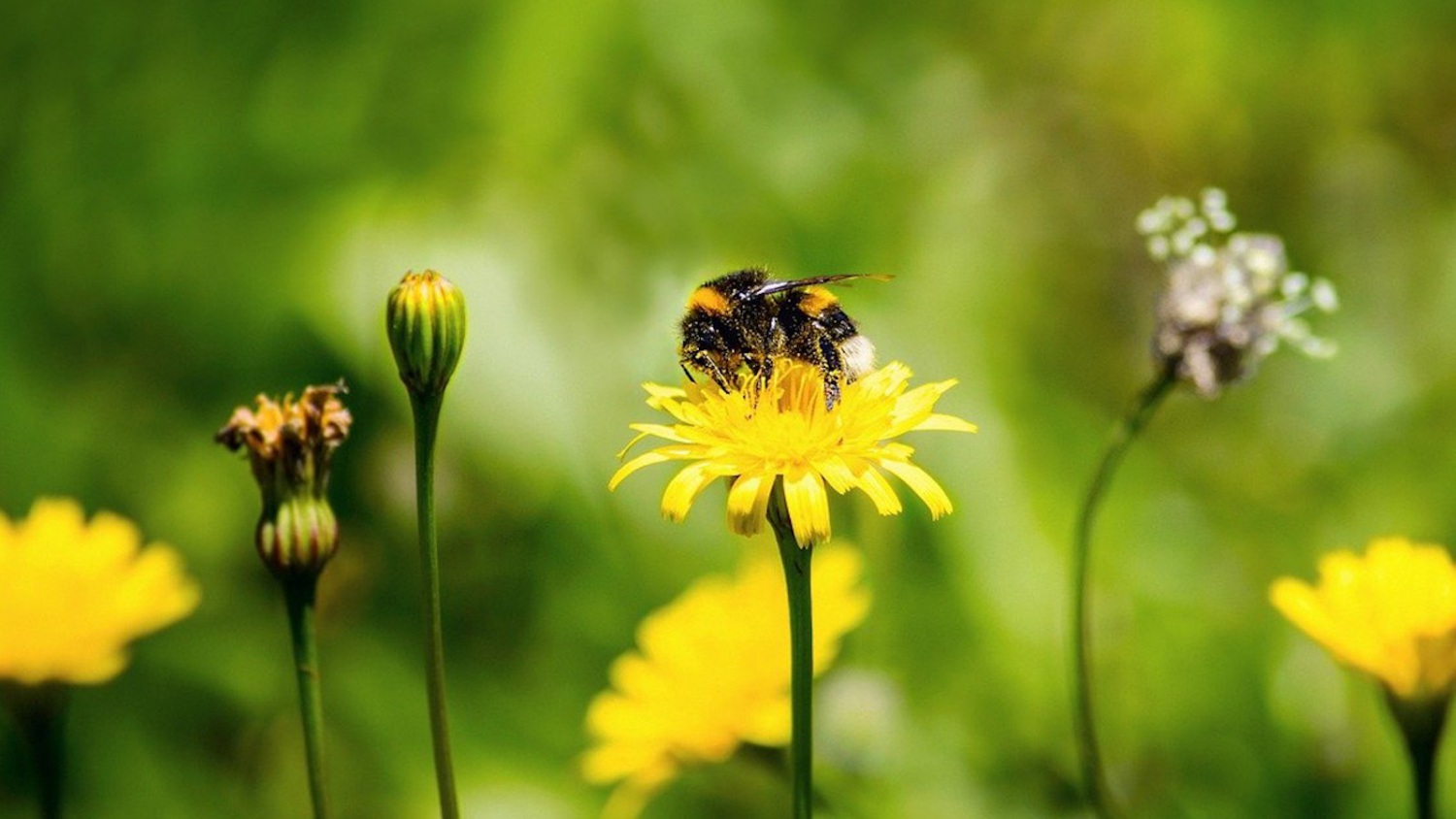Here’s something you might not have known about honeybees: They perform a “waggle dance” to communicate about pollen sources, potential threats and even possible new beehives to call home.
And when group action in a honeybee hive is more urgent, such as to defend against approaching wasps, these amazing insects can layer themselves to form a “defense wave” with a shimmering, rippling effect that repels would-be attackers.
But to keep these bees safe from the massive die-offs threatening their survival, to keep them dancing and waving and pollinating together, all of us need to stand up for stronger bee protections. And that means stopping the worst uses of bee-killing “neonic” pesticides.
Do the “waggle dance”
Say one of your friends discovered a restaurant in your neighborhood with really good food that you hadn’t been to before. You’d want them to tell you about it, right?
It’s the same with bees and the flowers that provide them with pollen and nectar. But where your friend would probably just tell you where to find that new restaurant, bees communicate a bit differently — they dance! The location of a particular flower patch is transmitted in a series of tightly-coordinated moves that also highlight the odor, quality and distance of food sources.
The dancer’s bee colleagues decipher this information and incorporate it into their foraging efforts. The dance is also helpful in gathering information about other hives, home locations, predators and more.
Unfortunately, the awesome feat of nature that is the bee waggle dance is one of several critical bee behaviors that can be severely harmed by pesticides. Bee-killing pesticides called neonics impair bees’ nervous systems to the point that they can’t walk in a straight line. That’s not just a threat to their waggle dances — it’s a threat to bees’ very survival.
Do the “wave”
Honeybees have a number of individual or small-group tactics they can use to fend off attackers — for instance, they can heat their abdomens to 100 degrees Fahrenheit, which is hot enough to kill a wasp.
But those defenses take a lot of energy. So instead, these bees band together on the surface of their hive and synchronize their movements to make it look like the hive is literally shimmering. Think of a crowd doing the “wave” at a football game — except in the bees’ case, the wave is meant to confuse the approaching hornet or other predator.
This defense is remarkably effective — not only does it intimidate the intruder, but it also protects each of the bees individually by making it harder for a predator to single one out to attack. By working together as one, bees protect their hive, conserve their collective energy, and ensure each and every one of their companions is safe from harm.
But as brilliant as the defense wave is, it can’t protect bees from the toxic pesticides that are contributing to alarming declines in bee populations. That’s where bee defenders like you come in.
Environment America, our national network and our dedicated supporters are coming together to form our own “defense wave” for bees by advocating for bans on the worst uses of bee-killing pesticides. Our national network has helped lead the charge to ban neonics in seven states earlier this year — and now we’re working to add more states to the list.
We’re also raising tens of thousands of voices to call on retail giant Amazon to take neonics off its (virtual) shelves, and for the Biden administration to ban the use of neonics in wildlife refuges nationwide. Together, we can win these and other crucial protections for these precious pollinators.

